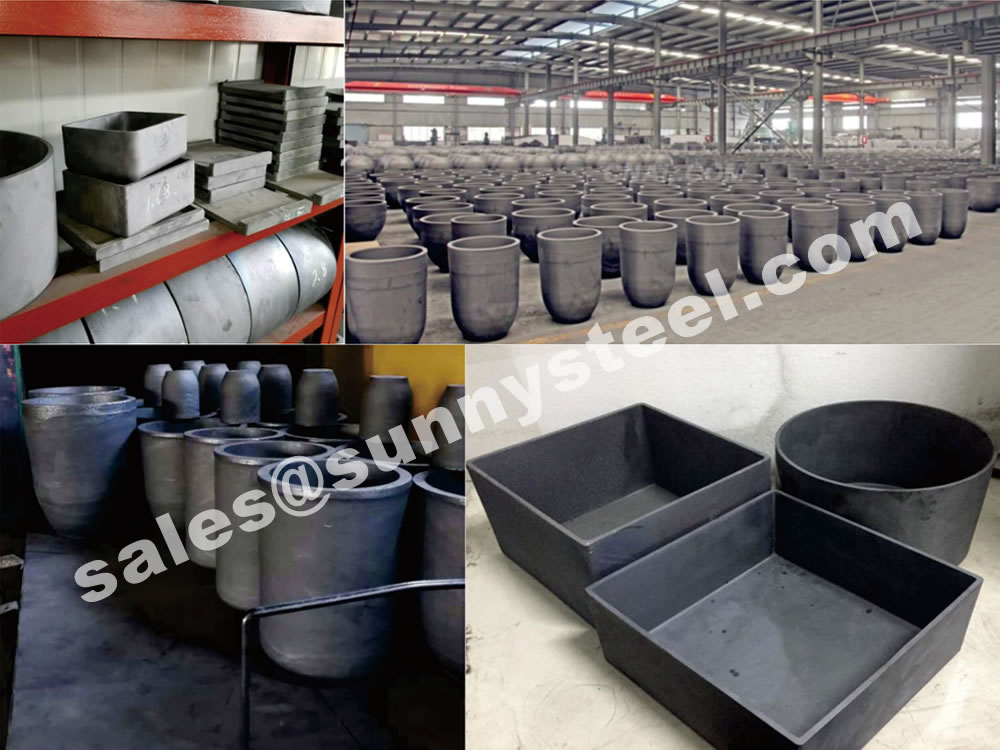SSIC Thermocouple Protection Tube
Designed to protect thermocouples from extreme temperatures and abrasion.

Silicon Carbide (SiC) ceramics offer high strength, superior thermal shock resistance, and excellent chemical durability. Explore a wide range of SiC products for use in harsh industrial environments, including automotive, aerospace, power generation, and more.
Silicon Carbide (SiC) ceramics are highly durable, hard, and non-oxide materials that possess exceptional thermal, mechanical, and electronic properties. SiC is among the hardest materials, second only to diamonds, offering excellent wear and abrasion resistance. These ceramics maintain high mechanical strength at elevated temperatures and are particularly renowned for their outstanding thermal shock resistance, capable of withstanding quenching from 1200°C in water without cracking. SiC also exhibits impressive chemical corrosion resistance, making it ideal for use in aggressive environments.
SiC ceramics are widely used across various industries, including:
| Materials | OBSiC | NBSiC | ReSiC | SiSiC | SSiC |
|---|---|---|---|---|---|
| Density (g/cm3) | 2.65 | 2.75 | 2.60 | 3.02 | 2.95 |
| Open Porosity (%) | 15 | 10 | 17 | <0.1 | <0.5 |
| Bending Strength (MPa), at 1200°C | - | 170 | 100 | 280 | 450 |
| Elastic Modulus (GPa) | - | 280 | 240 | 330 | 420 |
| Thermal Conductivity (W/m/k) | 16 | 25 | 23 | 45 | 90 |
| Coefficient of thermal expansion (ppm/°C) | 4.8 | 4.6 | 4.8 | 4.5 | 4.2 |
| Upper using temperature (°C) | 1550 | 1450 | 1650 | 1380 | 1700 |
Not sure where to start?
Give us a call (+86 21 33780199) or send email to sales@sunnysteel.com today and we’ll be happy to discuss how we can help.
Reaction Bonded Silicon Carbide (RBSiC): Properties, Advantages, and Applications 1.1 Definition and Basic Concepts Reaction Bonded Silicon Carbide (RBSiC) is an advanced engineering ceramic material formed by the reaction between free carbon and liquid silicon at high temperatures. This reaction results in the formation of a silicon carbide matrix, which imparts exceptional mechanical, thermal, and chemical properties to the material. Material Composition:
Bonding Characteristics: During the sintering process, free carbon reacts with liquid silicon to create new silicon carbide crystals. This process, along with silicon penetration, densifies the microstructure, giving RBSiC its high strength, oxidation resistance, and outstanding thermal properties. 1.2 Advantages and Importance of Reaction Bonded Silicon Carbide Advantages:
Importance: RBSiC plays a crucial role as a high-performance refractory material, filling the performance gap left by traditional materials in terms of high temperature, wear, and corrosion resistance. It is widely used in industries such as metallurgy, ceramics, environmental protection, photovoltaics, and aerospace, advancing industrial technology and efficiency. Material Properties of Reaction Bonded Silicon Carbide 2.1 Mechanical Properties
2.2 Thermal Properties
2.3 Chemical Stability
2.4 Microstructure Characteristics
Manufacturing Process of Reaction Bonded Silicon Carbide 3.1 Raw Material Selection and Treatment
3.2 Molding Process
3.3 Reaction Sintering Process
3.4 Performance Optimization and Densification
3.5 Quality Testing and Performance Evaluation
Industrial Applications of Reaction Bonded Silicon Carbide 4.1 Metallurgy Industry
4.2 Ceramics and Kiln Industry
4.3 Chemical and Environmental Protection
4.4 Photovoltaics and Semiconductor Industry
4.5 Aerospace and Renewable Energy

When you partner with Sunny Steel, you can stop worrying about meeting deadlines thanks to our responsive and timely service. You'll also say goodbye to unnecessary shopping around. Instead, you'll get white glove service from an expert who understands your needs and can get you the materials you need quickly.
